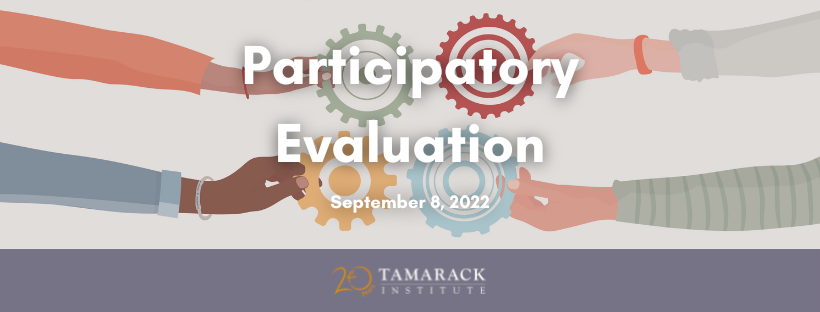The last two years have challenged leaders to think, work and act differently.
Danya Pastuszek, Co-CEO of the Tamarack Institute engaged four community change leaders in a conversation about leadership in an age of disruption. Danya noted that leaders are finding themselves in a unique point in time. The past two years of navigating the pandemic, the challenge of civic unrest, addressing systemic racism and colonialism and environmental decay are uncovering the fissures in our communities, organizations, and countries.
During the opening session of the Community Change Institute 2022, four organizational leaders reflected on their personal experiences of being a leader in this age of disruption. Their conversation enriches our perspective about how community changemakers might consider their leadership role in disrupting systems and practices.
Five themes emerged during the conversation about leadership in the age of disruption which is captured below.
Making The Case for Disruption
Marina Nuri, Associate Director, WES Mariam Assefa Fund makes a strong case for being a disruptive leader. Navigating the last two years of the COVID pandemic has laid bare the systems that are not working for immigrants, refugees, people living in poverty and so many others. We have learned that most interventions are not equitable and that the systems and practices that hold them in place need to be disrupted. Marina notes ‘just providing support doesn’t work anymore, there is a need for systems change’.
Pushing Against the Status Quo
Ana Gonzalez Guerrero, Co-Founder of Youth Climate Lab describes climate change as an intentional push against traditional systems. As a leader, she brings both outrage, optimism, and urgency to her climate change work. But Ana also cautions about the need for disruptive leaders to step back and look at the whole system. It is by stepping back, that leaders can imagine and reimagine possible futures which might not be visible when focused on the work of change.
Disruptive Leadership is a Collective Capacity
Too often leadership is characterized as an individual exercise. There are many stories of the ‘heroic’ leader who is celebrated and held up as the single individual who led the change. Ana Gonzalez Guerrero spoke to the value of disruptive leadership as collective action. Together disruptive leaders can support one another, mitigate some of the risks of being alone at the front, and find spaces of mutual engagement. They also benefit from a deeper understanding of the issue by engaging the different perspectives in the team of disruptive leaders. Navigating the opportunities and tensions of collective leadership, particularly when seeking to disrupt systems, can benefit and strengthen of the group.
Being Aware of Performative Disruption
While disrupting seems proactive and enticing, Victor Beausoleil, CEO of SETSI – Social Economy through Social Inclusion, cautions against performative disruption. This is where disruptive leaders are seeking to change systems, but instead reinforce or create systems and practices which increase bias, decrease access, and lead to even greater inequity. As change leaders, we need to engage in disruptive practices which grow the capacity of those most at harm by the system currently in place. Disruptive leaders embrace the voice of individuals with lived and living experiences. They create space and center the disruptive actions around this perspective and context.
Navigating the Inner Journey when Disrupting Systems
Disrupting systems is challenging work. Bill Fulton, CEO of The Civic Canopy, highlighted the value of disruptive leaders to focus on their personal values and responses to being disrupted. Do we, as disruptive leaders, push back against others who question our approach and leadership? What is holding our own organizational structures and people back from working intentionally? How do we prepare ourselves as leaders, not only building our own capacity for disrupting, but also our capacity to accept other who might disrupt our thinking, practices, and personal ways of being?
Ana Gonzalez Guerrero also noted that disruptive leaders should know when to step up into the lead and when to step out and open the space for others to lead. She reflected on the boundaries that she sets for herself in being a disruptive leader.
Understanding the Practice of Disruption
Marina, Victor, Bill, and Ana provide thoughtful perspectives and advice about the challenges of engaging in the practice of disrupting systems and the status quo. Engaging in community change is our attempt to shift our communities. Stepping into leadership, as an individual and in a collective context, requires both an internal practice and an external process.
There are many individuals and organizations focused on disrupting systems. An example of a collaborative organization transforming systems towards equity and justice is the Collective Change Lab.
There are three questions guiding the early work of the Collective Change Lab:
- How can we tell systems change stories that are more reflective of how change really happens?
- How do we heal from trauma and integrate collective healing practices into the work of systems change?
- How do power dynamics transform? What are the conditions that allow this radical change to take place – and by sustained – in an equitable way?
Through its focus, the Collective Change Lab is deepening its understanding of the inner and outer work of change and disruption. At its core, the Collective Change Lab believes that transformational or disruptive change will emerge when leaders engage deeply in their hearts and spirits in the work of change.
The Community Change Institute 2022 speakers explored and challenged us to consider our own journey of leadership. They encouraged a deeper dive into the inner and outer work of leadership. To paraphrase a quote often attributed to Ghandi - disruptive leaders have to be the change that they wish to see in the world.
We welcome your thoughts about leadership and disrupting systems. We invite you to add your comments below.
Meet the Leadership in an Age of Disruption Panel Members
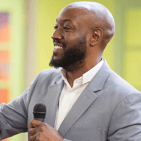
Victor Beausoleil, at the age of 24, Co-Founded Redemption Reintegration Services one of the largest youth-led, youth justice agencies in Canada. In 2013 Victor Beausoleil received his first public service appointment by the Premier of Ontario Kathleen Wynne as a member of the PCYO (Premier’s Council on Youth Opportunities). Victor has worked diligently in the broader equity seeking communities across Canada for the past nineteen years. As a lecturer Victor Beausoleil has traveled extensively throughout Canada, the United States, UK, and Africa for speaking engagements for community organizations, institutions and philanthropic foundations.
.png?width=145&name=Marina%20Nuri%20(1).png)
Marina Nuri, is the Associate Director at the World Education Services (WES) Mariam Assefa Fund - a binational philanthropic organization with a mission to support innovative solutions that help immigrants and refugees in the U.S. and Canada achieve their aspirations and thrive. She leads the Fund’s strategy and grantmaking in Canada. Prior to joining the Fund, Marina spent several years designing and managing international development programs across Africa. Before that, she spent eight years in management consulting with Accenture, advising both private sector and social impact organizations on strategy and operations. Marina has an MBA from the University of Oxford, Said Business School.

Ana Gonzalez Guerrero, is the Co-Founder and Managing Director at the Youth Climate Lab, a youth-for-youth lab dedicated to creating innovative projects for more ambitious climate action. Ana oversees internal operations as well as project management and strategic direction. Prior to her role, she led an Innovation Fund through the Federation of Canadian Municipalities’ Partnership for Municipal Innovation in Local Economic Development, a small-scale granting mechanism for innovative solutions that benefit communities, with a focus on women and youth, across six countries. Ana has also worked closely with local level actors through the Municipalities for Climate Innovation Program, supporting over 340 local governments in their efforts to act on climate across Canada.
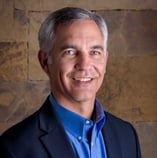
Bill Fulton, is the Executive Director of The Civic Canopy, a community-based nonprofit advancing a vision of equity by “creating the conditions where the many work as one for the good of all.” The Civic Canopy helps communities build their capacity to transform individual efforts into collective action focused on systemic change. He has over twenty years of experience in team development, collaborative problem solving, multi-stakeholder dialogue, and results-oriented systems change efforts. He received his BA in history at Brown University, MA in education at the University of Colorado at Denver, and PhD in religion and social change at the University of Denver and Iliff School of Theology.
To Learn More:
- Watch the video Transforming Leadership in the Age of Disruption
- Read more about the Community Change Institute 2022
- Learn more about the work of the Collective Change Lab
- Read the paper Leadership for Navigating Uncertainty


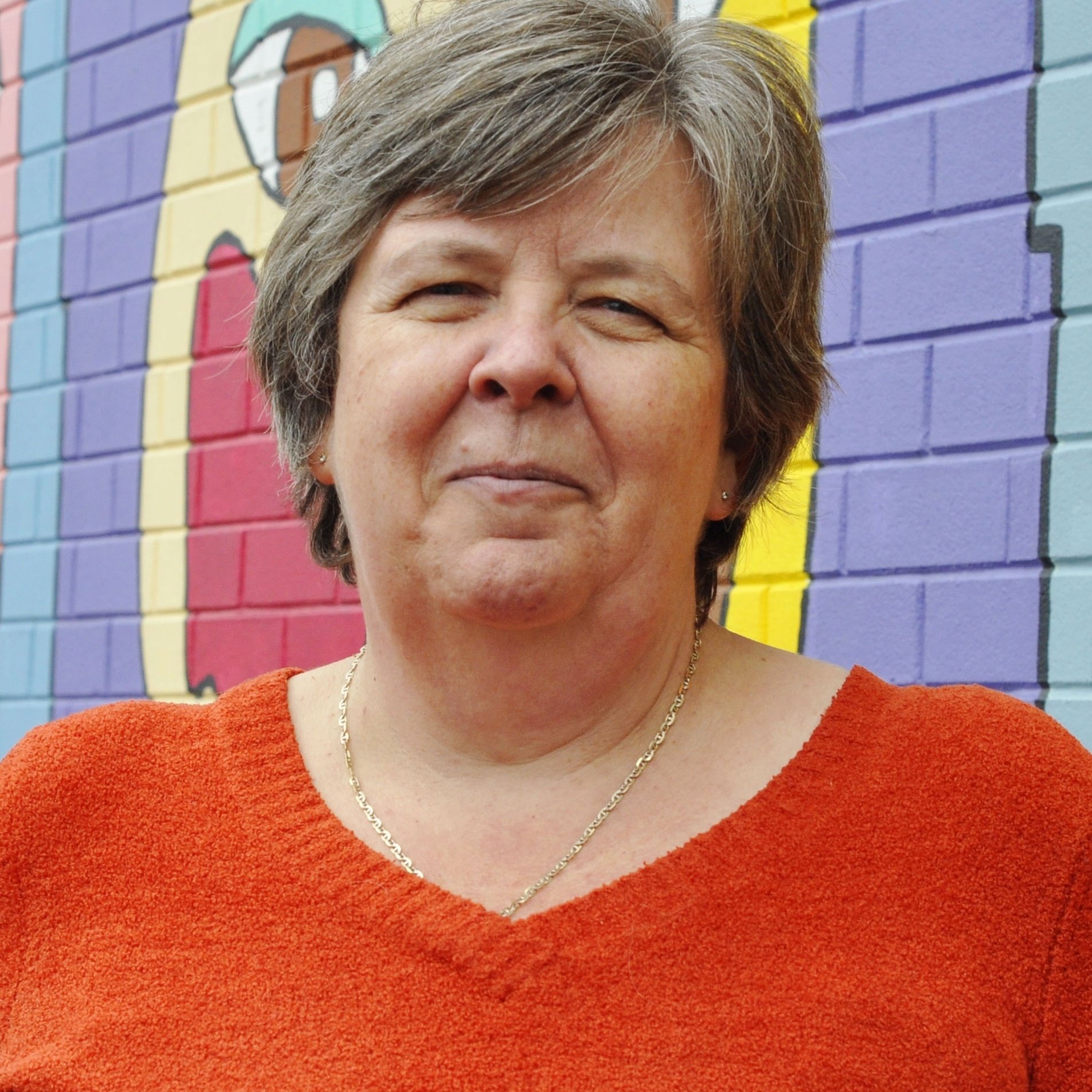
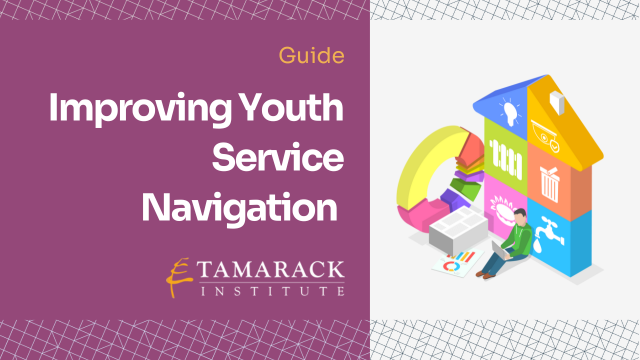

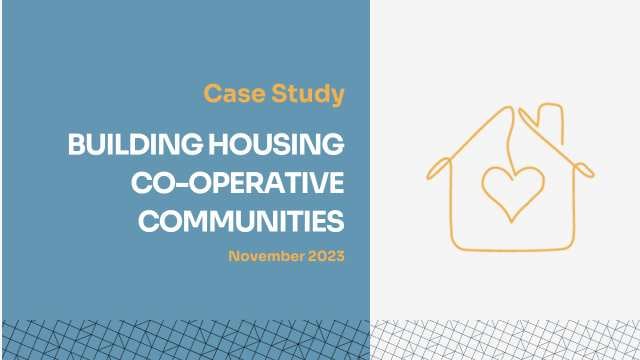

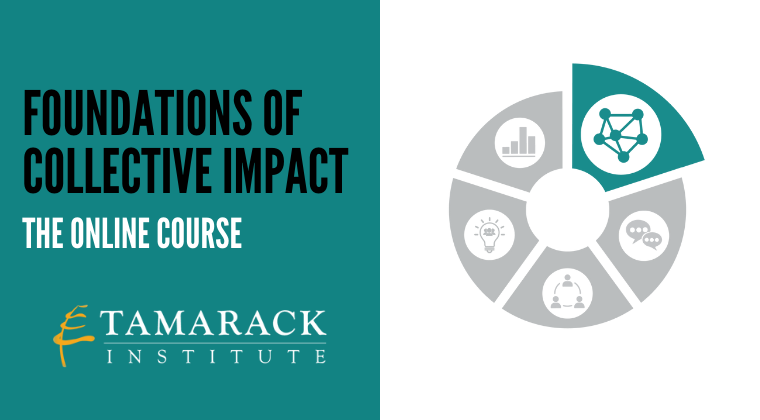

.png)

.png?width=820&name=2020%20Free%20Community%20Building%20Webinars%20820%20FB%20(1).png)

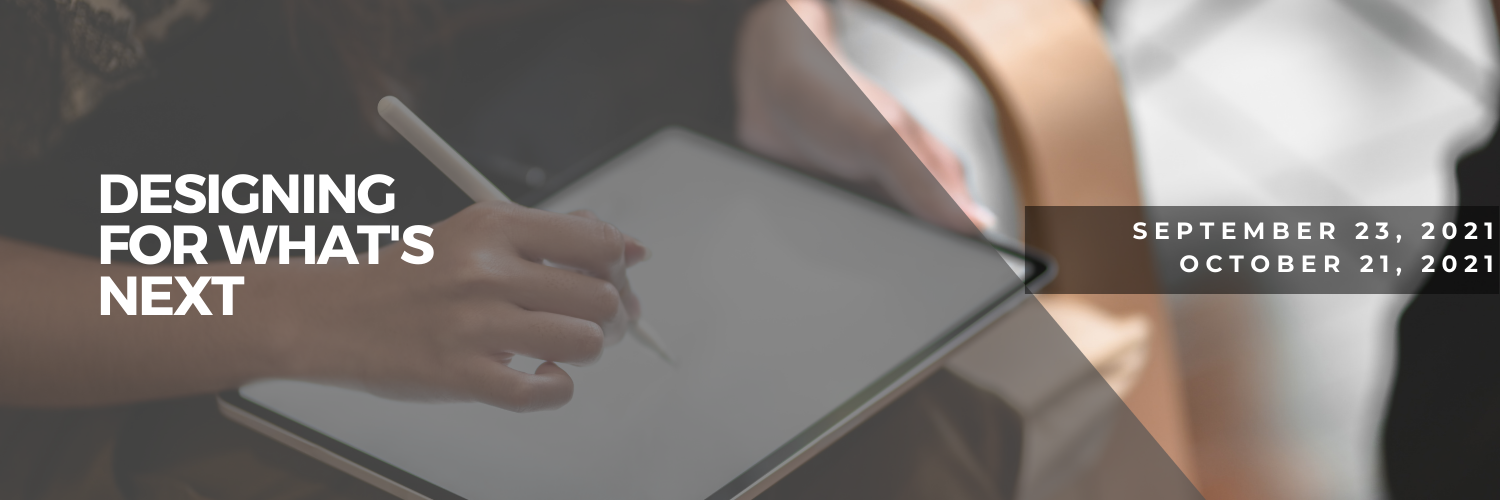

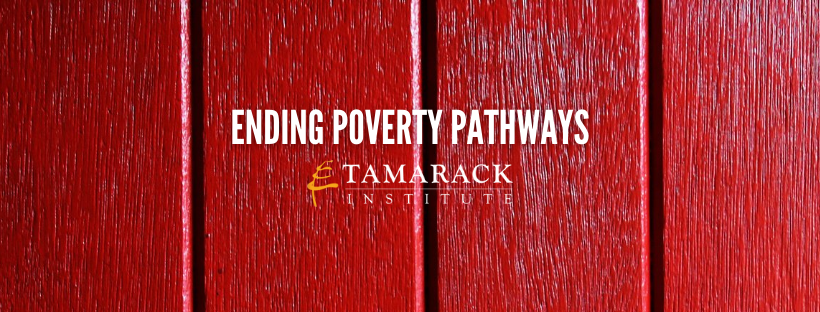

.png?width=820&name=MicrosoftTeams-image%20(9).png)

